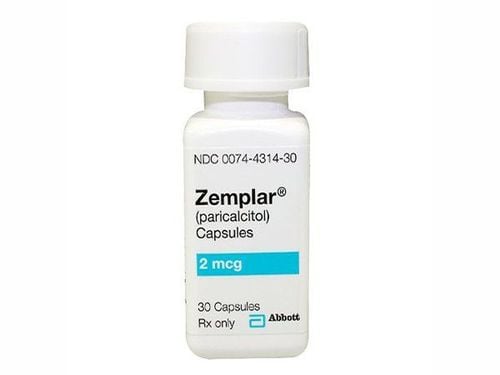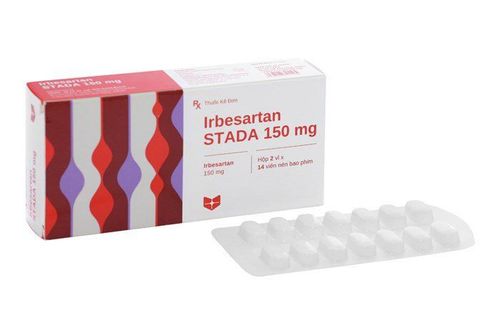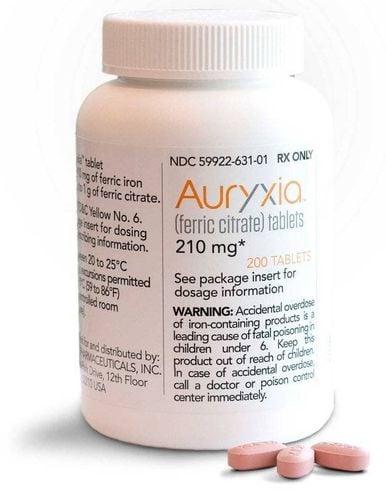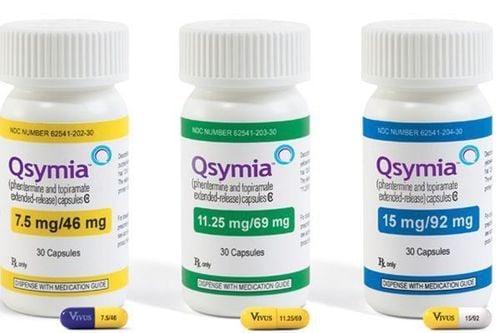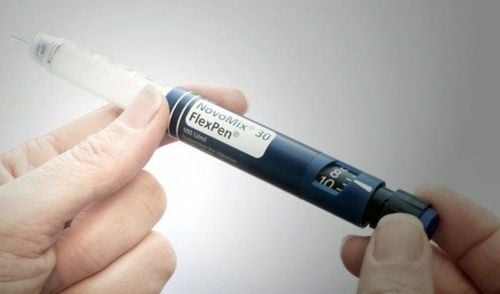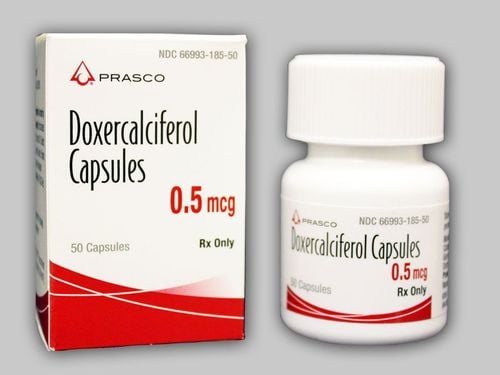This is an automatically translated article.
Posted by Master, Doctor Mai Vien Phuong - Department of Examination & Internal Medicine - Vinmec Central Park International General Hospital
With obesity and diabetes rates increasing in prevalence in the United States and around the world, the overall prevalence of non-alcoholic fatty liver disease (NAFLD) will increase. Risk factors for nonalcoholic fatty liver disease are also associated with the development of chronic kidney disease (CKD). We review the epidemiology, risk factors, genetics, impact of dysbiosis, and specific pathogenic mechanisms linking nonalcoholic fatty liver disease to chronic kidney disease.
Mechanisms such as ectopic lipid accumulation, cell signaling abnormalities, and the interplay between fructose consumption and uric acid accumulation have led to the emergence of potential therapeutic effects for this group of patients. this. Patients with nonalcoholic fatty liver disease (NAFLD) have a higher risk of developing chronic kidney disease (CKD) than the general population. The prevalence of comorbidities along with the pathogenic mechanisms that directly link NAFLD to the development of chronic kidney disease may explain this finding. Given the breadth of data linking nonalcoholic fatty liver disease to chronic kidney disease, there are few options for treatment in this patient population.
1. What is non-alcoholic fatty liver disease?
Nonalcoholic fatty liver disease covers a spectrum of chronic liver diseases, from steatosis on one end to fibrosis and cirrhosis on the other. NAFLD and non-alcoholic steatohepatitis (NASH) are liver manifestations of the metabolic syndrome (MetS), which is the driver of a multitude of comorbidities, such as insulin resistance, heart disease, and heart disease. vascular (CVD), chronic kidney disease (chronic kidney disease), obstruction. obstructive sleep apnea (OSA), as well as an increased risk of malignancy. While nonalcoholic steatohepatitis is the second indication for liver transplantation (LT), it is expected that nonalcoholic steatohepatitis will surpass hepatitis C virus (HCV) as the leading cause, due to the effectiveness of direct acting antiviral therapy. A recent epidemiological study confirmed a decreasing trend of HCV-related LT in the United States. NAFLD is strongly associated with baseline insulin resistance and with other MetS-associated comorbidities.
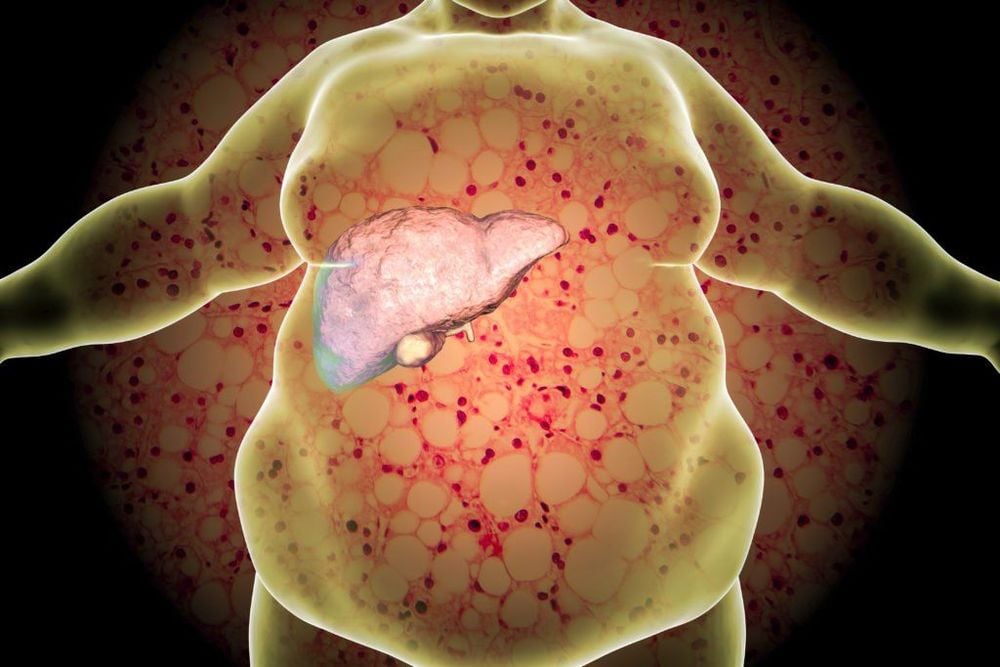
2. Nonalcoholic fatty liver disease is a risk factor for chronic kidney disease
There is increasing evidence that NAFLD is a risk factor for chronic kidney disease due to shared metabolic risk factors. Of note, several studies have shown an association between the severity of nonalcoholic steatohepatitis and chronic kidney disease. Interestingly, a meta-analysis of 33 studies found that diabetes status and metabolic risk factors had no effect on the positive correlation between the severity of NAFLD and chronic kidney disease, suggesting a unique possible pathogenic association between nonalcoholic fatty liver disease and chronic kidney disease regardless of their shared metabolic risk factors. Much literature has examined the genetic, epidemiological, and pathogenic associations between nonalcoholic fatty liver disease and chronic kidney disease in addition to potential prevention and management strategies.3. Chronic kidney disease prevention for nonalcoholic fatty liver disease and potential predictive risk factors
Two meta-analyses and a retrospective cohort analysis showed an increased incidence and frequency of CKD in patients with NAFLD compared with patients without NAFLD. In all analyses, the magnitude and direction of the effect remained unaffected by diabetes status, even after adjusting for other risk factors. Furthermore, the association was stronger in patients with advanced cirrhosis or with decompensated cirrhosis than with compensated cirrhosis. The studies included in the advanced fibrosis-defining precision meta-analyses were defined by histological parameters, imaging findings, and/or elevation in the fibrosis score of NAFLD ( NFS). Notably, of the 42 studies included in these two meta-analyses, only 13 (n=2205) liver histology were used, which is the gold standard in the diagnosis of NAFLD. The majority of studies confirm the diagnosis of NAFLD through abdominal ultrasonography, elevated liver enzymes [including elevated serum gamma-glutamyl transferase (GGT)], or using the international classification of codes. ICD 9 disease. Previous review articles estimated that the prevalence of chronic kidney disease was 20% to 55% in patients with nonalcoholic fatty liver disease, whereas the prevalence of chronic kidney disease in patients with nonalcoholic fatty liver disease. Patients without NAFLD are 5% to 30%. However, most of these assessments evaluated the same set of data, which were also included in the two meta-analyses mentioned above. The authors' conclusions were based on studies published prior to 2015 as some of the more recent studies did not use histology or imaging to diagnose nonalcoholic fatty liver disease.
4. Multiple extrahepatic risk factors are associated with chronic kidney disease in people with nonalcoholic fatty liver disease.
Extrahepatic risk factors
There are few data on extrahepatic risk factors to predict which patients will go on to develop chronic kidney disease. However, there are a few studies outlined below to determine which patients may be at higher risk Smoking
Current smoking is associated with chronic kidney disease or death from end stage kidney disease last. Primary tobacco smoke consists of more than 4000 compounds, and nicotine is one of many biologically stable and active compounds found in tobacco. Nicotine induces kidney damage by modulating α7nAChR, NLRP6 inflammation. Studies looking at the relationship between smoking and nonalcoholic fatty liver disease are lacking; however, in a cohort study of 1525 chronic kidney disease patients who underwent repeat screenings over 10 years, a decrease in estimated glomerular filtration rate (eGFR) associated with infectious liver disease Nonalcoholic fat is greater in current smokers, hypertensive patients, or those with a lower eGFR at baseline with a higher sex- and age-adjusted decrease in eGFR.
Diabetes
Approximately one third of patients with NAFLD have impaired renal function and the prevalence in patients with NAFLD depends on the severity of the liver disease and the presence of diabetes. The development of nonalcoholic fatty liver disease in diabetic patients appears to be an important event in its natural history that puts these patients at higher risk of developing chronic kidney disease. Type 2 diabetes (T2DM) increases the risk of severe nonalcoholic steatohepatitis and progressive fibrosis in patients with NAFLD. Patients with type 2 diabetes or type 1 diabetes and nonalcoholic fatty liver disease have a higher risk of developing chronic kidney disease than diabetic patients without NAFLD. Although evidence has accumulated that non-alcoholic fatty liver disease is a cause of chronic kidney disease, shared risk factors make it difficult to isolate diabetes as a risk factor. independent risk for chronic kidney disease in patients with nonalcoholic fatty liver disease.
Hypothyroidism
Proper thyroid function is related to renal blood flow, glomerular and tubular function, electrolyte homeostasis, hepatic lipid metabolism, and fatty acid beta oxidation. Hypothyroidism can cause nonalcoholic fatty liver disease through fat accumulation, while hyperthyroidism can cause nonalcoholic fatty liver disease through the formation of reactive oxygen species. In addition, the frequency of hypothyroidism increased with each 10 mL/min/1.73 m2 decrease in eGFR, and hypothyroid patients had a more than 2-fold increased risk of nonalcoholic fatty liver disease and an increased risk of inflammation. Non-alcoholic fatty liver is 4 times higher.
Please dial HOTLINE for more information or register for an appointment HERE. Download MyVinmec app to make appointments faster and to manage your bookings easily.





